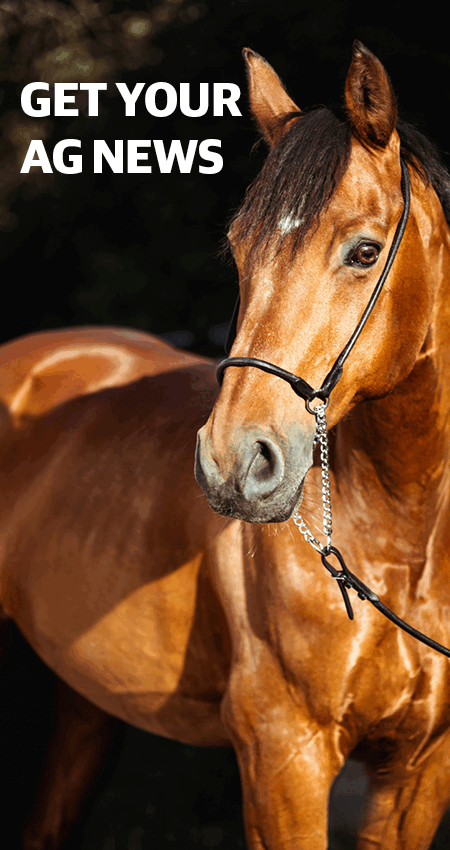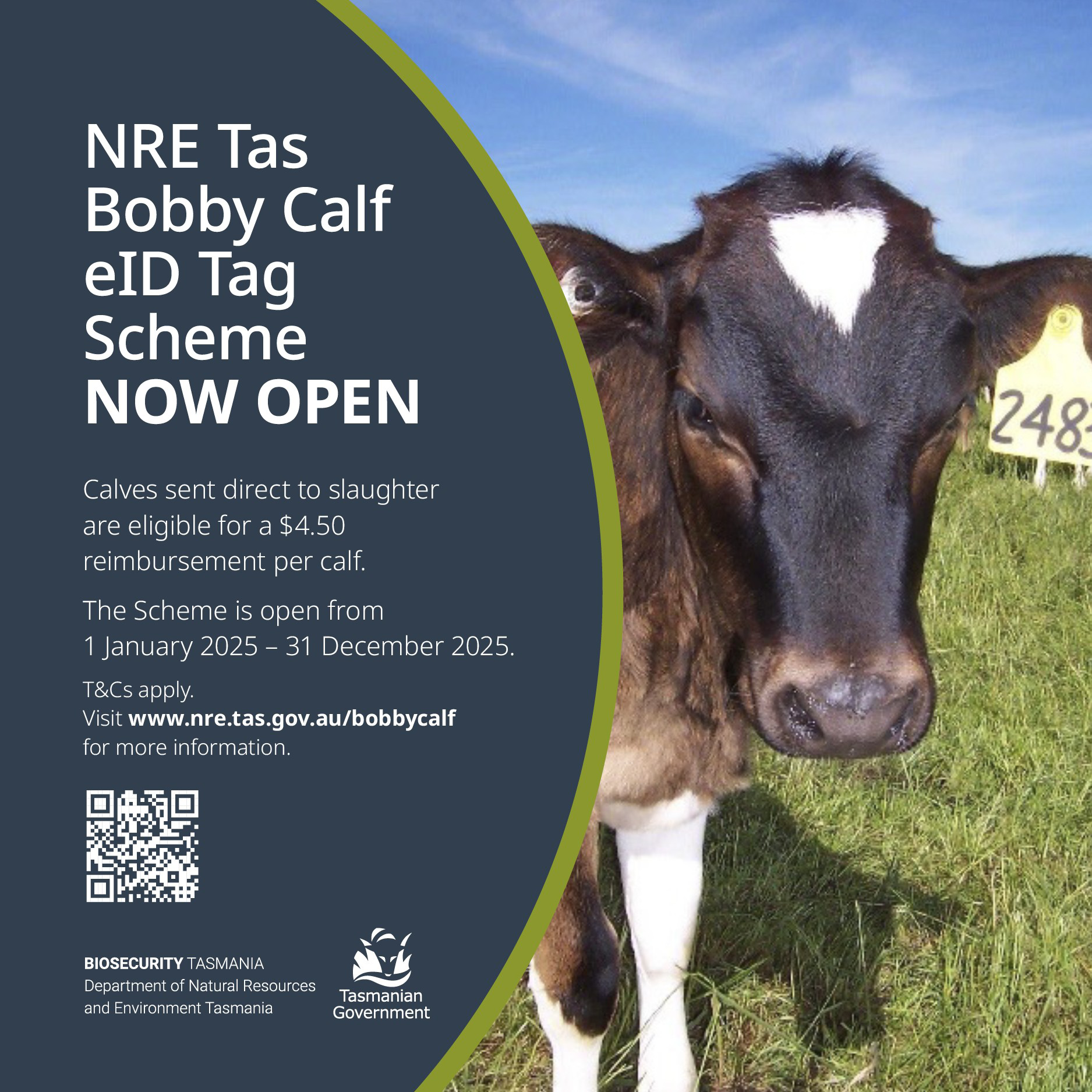Proposed regulation changes to make deer hunting easier

Bigger bag limits, more nighttime hunting, and allowing the taking of female deer during the fawning period are some of the proposed changes in a deer management policy review released for public consultation.
Primary Industries Minister Gavin Pearce said the review aims to reduce red tape, streamline permits and create a system that is clear, consistent and effective.
The proposed changes include reducing the number of permits for those hoping to hunt in deer management zone one from eight to two.
Other mooted measures in the discussion paper for public consultation include:
- Removing hunting seasons and bag limits in deer management zone 3
- Introduce a new condition in deer management zone 1 where female deer can be taken during the fawning period of mid-November to the end of February, provided every reasonable effort is made to locate and humanely kill any dependent young of antlerless deer taken.
- Extend the male hunting season from five to at least seven weeks for all deer management zones
- Increase the number of tags for all mature male stags shot under licence in deer management zone one to two
- Consider allowing recreational hunting at night in all deer zones with the assistance of a detection device (artificial light or thermal), and from a conveyance, under a hunting licence, provided it would not unduly increase the risk of antisocial behaviour or policing concerns
- Remove the requirement to label deer parts when removing deer from a property, taken under permit
The discussion paper also flags the possibility of increased recreational access to public reserves for hunters and the approval of no deer farms in management zones two and three.
Australian Deer Association Tasmanian coordinator Scott Freeman said the ADA looked forward to providing input to improve the quality of the state’s deer herd while decreasing its quantity.
“We’ll be happy to negotiate and find common ground on some of these points – there is a need to take many more antlerless deer to control the population.”
Mr Pearce said a collaborative approach was key to effectively managing Tasmania’s deer population.
“There is strong progress on the streamlining of zone 1 permits, with public consultation now underway.
“And importantly, work to unlock more public land for recreational hunting is well underway, with 15 potential sites being investigated for release.
“The review builds on the work completed since the release of the first Tasmanian Wild Fallow Deer Management Plan in 2022 and highlights key areas of the plan that can be improved, offering more flexibility for landholders and recreational hunters.
“We understand that the community hold differing views about how deer should be managed in Tasmania, highlighting the need for clear, evidence-based and coordinated policies.”
The Greens have taken issue with the government’s plan to open 15 reserves and conservation areas for recreational hunters.
“Opening up public forests for recreational shooters is an obvious public safety issue,” Greens Primary Industries spokesperson Tabatha Badger said.
“Destinations like Harding Falls are regularly used by bushwalkers, others by tourism business operations.
“The natural reserves and conservation areas the government has flagged are incredibly biodiverse, with some, like the Great Eastern Tiers, home to the critically endangered Swift Parrot.”
In Budget Estimates, it was revealed that the evaluation of the proposed land will be conducted under a Reserve Activity level two, which does not require public consultation.
Ms Badger urged the government to make an exception and allow the general public to provide feedback on the plan.
“Under questioning, Mr Pearce didn't provide a shred of evidence to show that allowing recreational hunters would help control the deer population,” she said.
“The Liberals are choosing to do deals with the shooters over effective, evidence-based deer management.”
Ms Badger said research and studies outside of Tasmania have consistently shown that recreational hunting is not an appropriate method.
“Research and studies conducted in other jurisdictions have consistently shown that you cannot effectively manage feral deer populations through recreational hunting.
“A concentrated professional approach that is fully funded is required.
“Invasive species populations are exponentially increasing, while funding allocations are decreasing.”
Ms Badger welcomed the government’s decision to bring forward the next Deer Management Plan process but said she wanted it to be properly funded and evidence-based, as opposed to merely opening reserves to recreational shooters.
The areas planned to be opened to recreational shooters are the Alma Tier Conservation Area, Eastern Tiers Conservation Area, Apslawn Regional Reserve, Hardings Falls Regional Reserve, Swan River Regional Reserve, Cygnet River Regional Reserve, Avoca Regional Reserve, Royal George Regional Reserve, Snow Hill Regional Reserve, Fisher Tier Conservation Area, Midday Hill Conservation Area, River Hill Conservation Area, Black Jack Hill Regional Reserve, Remarkable Rock Conservation Area and the FPPFL extension to Castle Carey Regional Reserve.




Add new comment